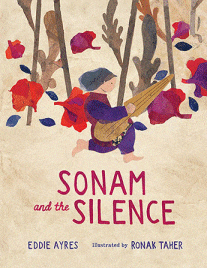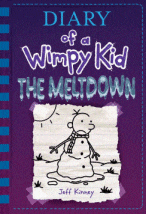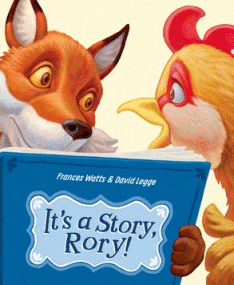
Let Sleeping Dragons Lie: Have Sword, Will Travel 2
Let Sleeping Dragons Lie: Have Sword, Will Travel 2
Garth Nix & Sean Williams
Allen & Unwin, 2018
288pp., pbk., RRP $A14.99
9781743439937
Independent readers who are lovers of fantasy, particularly tales of yore, will love this second in the series about Sir Odo and Sir Eleanor.
First introduced in Have Sword, Will Travel, when Odo and Eleanor stumble upon an ancient sword in a river outside their village, and much to Odo’s dismay he discovers that he’s awoken a famous enchanted blade called Biter, and thus has instantly become a knight, this new adventure begins with an action-packed scene when Sir Odo and Sir Eleanor defend an old man named Egda, a warrior named Hundred from the bilewolves who have already attacked their village. But Egda and Hundred are not who they appear to be at first sight, and with their trusty and talkative swords, Biter and Runnel, they are plunged into a quest that will take them to unfamiliar lands, where they will fight unseen enemies and unlock unbelievable secrets in order to prevent an unbearable impostor from taking the crown.
Not being a great fantasy fan – Harry Potter and the tales from Middle Earth being my limit – I was nevertheless engaged to the end with this new series by these master storytellers who have written several series in collaboration as well as their independent writing. So those who like this genre will be more than thrilled with this new release that is exciting, fun, and which could so easily have them as the super hero characters.








